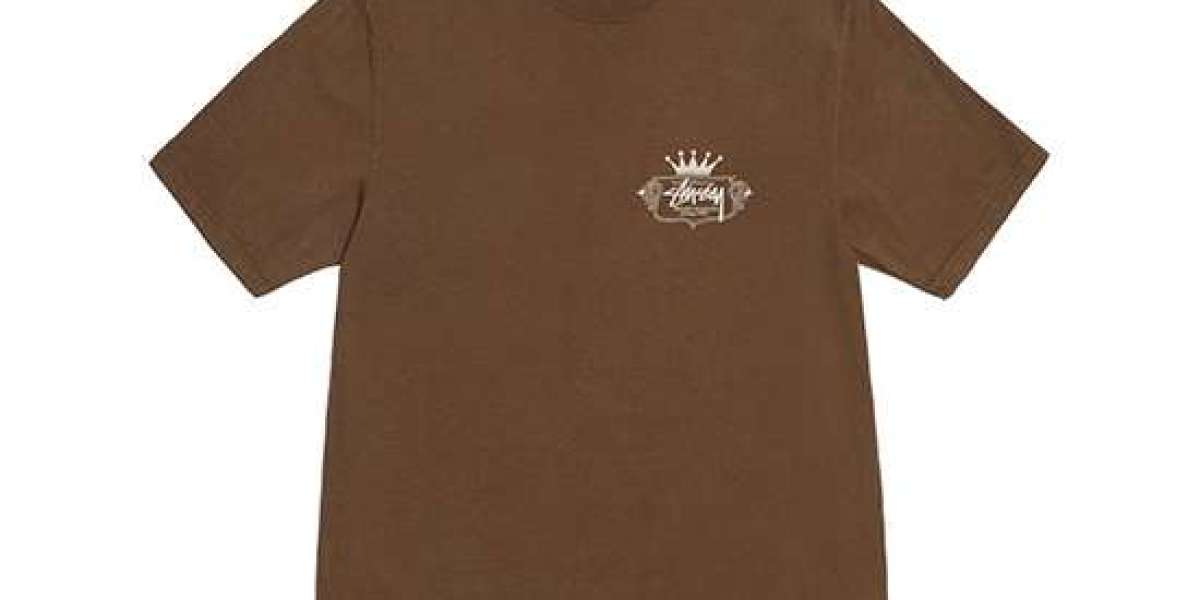In the world of hip-hop, few names have become as synonymous with a particular sound, lifestyle, and fashion as Glo Gang. The collective, spearheaded by the infamous Chicago rapper Chief Keef, has become more than just a music group; it’s an entire cultural movement that spans across music, fashion, and urban identity. Glo Gang has solidified itself as an influential force in modern hip-hop, with its unique blend of street culture, catchy beats, and bold attitudes resonating with a generation of listeners.
From its humble beginnings in Chicago to becoming a nationwide cultural phenomenon, Glo Gang has influenced countless artists, fans, and fashion trends. The collective’s music and brand have left an indelible mark on both the hip-hop scene and streetwear, creating a lasting legacy that extends far beyond just its members.
This article will explore the origins of Glo Gang, its rise to prominence, its contributions to both music and fashion, and how it has continued to stay relevant in the ever-changing world of hip-hop culture.
The Origins of Glo Gang
Glo Gang, or Glow Gang, was founded in the early 2010s by Chief Keef, an artist who gained national attention with his viral hit “I Don’t Like” in 2012. Chief Keef, born Keith Farrelle Cozart, was a product of Chicago’s South Side, an area known for its rich history in hip-hop and urban street culture. His sound—gritty, raw, and unapologetically rebellious—resonated with a generation of young listeners who felt alienated by mainstream hip-hop at the time.
Chief Keef’s emergence on the scene was a turning point for Chicago’s hip-hop landscape, with his drill music, a subgenre characterized by dark beats and aggressive lyrics, capturing the attention of listeners nationwide. The release of his mixtape Back from the Dead and his debut studio album Finally Rich cemented his place as a rising star in hip-hop. But beyond just the music, Keef’s “Glo Gang” became a symbol—a representation of a movement that embraced an independent, self-made ethos.
The term “Glo” (short for Glow) symbolized a kind of inner energy and confidence that Keef sought to convey. It wasn’t just about the music; it was about a lifestyle—a mentality of shining despite adversity. The name stuck, and Keef’s close-knit group of artists, producers, and creatives began to adopt the Glo Gang moniker. Glo Gang wasn’t just a musical collective, but a brand that represented a distinct mindset in the hip-hop world.
The Music and Sound of Glo Gang
While Glo Gang’s influence extends far beyond the music, it is still the collective’s sonic output that has been the driving force behind its growth. At the center of the Glo Gang movement is Chief Keef’s unique style—blending trap, drill, and even elements of cloud rap. His deadpan delivery and infectious hooks resonated with listeners who were looking for something different from the polished, radio-friendly sound that dominated the mainstream.
Over the years, Glo Gang’s roster expanded to include several key artists, many of whom came from Chicago’s vibrant underground scene. Artists like Tadoe, Ballout, Fredosantana300, and Capo all became associated with the Glo Gang name, contributing to the collective’s distinct sound and aggressive, high-energy style. While each artist brought their own unique flavor to the group, they all shared a common bond of being part of something bigger than just a music label.
The music of Glo Gang reflects the harsh realities of Chicago’s South Side, with lyrics often touching on themes of street life, struggle, and the desire for success. Tracks like “Love Sosa,” “I Don’t Like,” and “Kobe” became anthems for those who related to the raw emotions and unapologetic spirit embedded in the music. Chief Keef, in particular, was praised for his ability to capture the disillusionment of youth living in difficult circumstances, all while creating bouncy, memorable beats that would go on to define a subgenre of hip-hop.
The sound of Glo Gang helped to popularize drill music, a style characterized by its ominous, hard-hitting beats and aggressive lyricism. Drill music, which originated in Chicago, eventually spread to cities like Atlanta, London, and New York, and influenced a new generation of hip-hop artists. Many of today’s most successful rappers, including Lil Durk, King Von, and Pop Smoke, were heavily influenced by the drill sound, with Glo Gang at the forefront of this movement.
Glo Gang’s Influence on Fashion
While Glo Gang is primarily known for its impact on music, the collective has also had a significant influence on fashion, particularly in the realm of streetwear. Chief Keef’s influence extends beyond his music, as his bold and unique sense of style became synonymous with the Glo Gang brand. Fans of Keef and Glo Gang often emulate his fashion choices, which reflect a combination of streetwear and high fashion.
The Glo Gang aesthetic can be characterized by oversized t-shirts, hoodies, and graphic-heavy clothing, often with bold statements or designs that reflect the group’s rebellious spirit. Members of Glo Gang, including Chief Keef, were often seen wearing designer brands mixed with streetwear staples like BAPE, Supreme, Off-White, and Palace. This fusion of high-end fashion and streetwear helped to propel the collective’s visual identity, creating a unique and aspirational look for fans to emulate.
As the brand grew, it started to create and release its own merchandise, which further solidified its influence in the fashion world. Glo Gang apparel, which included everything from t-shirts and hoodies to hats and jackets, became highly sought after by fans of the group. The simple yet effective designs, often featuring the signature “Glo” logo or references to Chief Keef’s music, contributed to the collective’s street credibility. Wearing Glo Gang gear was not just about supporting the group’s music—it was about representing the culture and attitude that the collective embodied.
Glo Gang’s influence on fashion also extends to the tattoo culture, with many fans and artists getting “Glo” inked on their bodies as a permanent homage to the collective. This tattoo culture has helped further establish Glo Gang’s status as not just a group but as a lasting symbol of the street and hip-hop communities.
The Legacy of Glo Gang and Its Continued Impact
Though the collective has seen shifts in its lineup over the years, and some members have gone on to pursue solo careers or tragically passed away (such as Fredosantana300 and Capo), the legacy of Glo Gang continues to live on. The collective helped to lay the groundwork for the modern era of hip-hop, influencing everything from music production to fashion trends.
Even with new faces and a changing industry, Chief Keef remains at the helm of the Glo Gang movement, continuing to release music that speaks to his fanbase while staying true to the rebellious spirit that made him a star. His influence on younger artists is undeniable, with many of today’s leading rappers citing him as a key influence in shaping their sound and approach to music.
Beyond just music and fashion, Glo Gang has also played an important role in promoting the Chicago drill movement and bringing attention to the issues facing inner-city youth. While drill music is often criticized for its violent themes, it also serves as a form of expression for young people dealing with the hardships of urban life. Chief Keef and Glo Gang were among the first to showcase this side of Chicago's South Side to a wider audience, putting the spotlight on a culture that had long been overlooked.
Conclusion
Glo Gang is much more than just a musical collective. It’s a brand, a movement, and a symbol of rebellion, culture, and self-expression. Through its music, fashion, and influence on hip-hop culture, Glo Gang has left a lasting imprint on the streets and beyond. Chief Keef’s vision of “Glo” as a way of shining through adversity has inspired a generation of fans, artists, and fashion enthusiasts who continue to embrace the collective’s ethos.
As the hip-hop industry continues to evolve, Glo Gang remains a staple of urban culture—representing the grind, the hustle, and the unapologetic spirit of modern youth. Its influence will continue to shape music and fashion for years to come.








